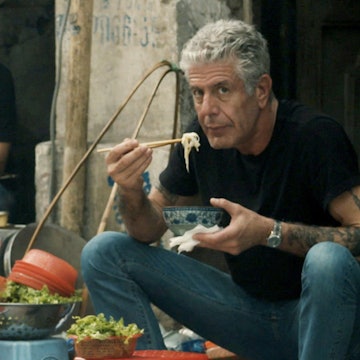

a part of Han river bridge in Seoul, Korea
South Korea’s capital city is transformed every decade by its citizens’ energy and love of the new. Forever morphing into the future, the gung-ho vitality and bulldozer chutzpah may push you off the pavement occasionally, but the energy of 10 million Seoulites is infectious and amazing.
Just leap in – mountain-surrounded Seoul is a city of contrasts with green parks amid grey architecture, feudal palaces next to futuristic art galleries, Western consumerism alloyed with Confucianism.
Insadong and Samcheong-dong districts
Start in the downtown arty-crafty Insadong district, and pop into Crown Bakery (Insadong St) for decent coffee and just-out-of-the-oven breads, doughnuts and pastries.
Next, wander around Insadong’s crooked alleyways, where gigantic menu boards dwarf the traditional sit-on-floor-cushions eateries, which offer at-your-table BBQs and Buddhist temple vegetarian meals. Hanjeongsik is a banquet of fish, meat, lettuce wraps, tofu soup and steamed egg, served with side dishes of kimchi (spicy pickled cabbage), acorn jelly, dried anchovies and boiled peanuts.
Amid the dozens of private art galleries on Insadong Street you’ll find tiny craft shops bursting with creativity (check out the four-storey Ssamzie complex) – look for pale green celadon vases, pen-and-ink drawings and calligraphy, and world-class stitching at Kukjae Embroidery.
The decorative rice cakes at Jilsiru (Insadong St) are works of art, and turn down the nearby alley to sip quince tea in Yetchatjip, a hobbit-sized teashop echoing with water features, songbirds and gayageum (zither) music.
Walk north to explore Samcheong-dong, the last refuge of hanok, wooden courtyard houses with tiled roofs built by the aristocracy before WWII. Hunt around to spot a chicken museum and an owl museum (2000 owls at the last count).
Gwanghwamun district
Stroll downtown to the most impressive of Seoul’s six palaces, Gyeongbokgung (Yulgung St), past guards dressed in feudal uniforms. The palace buildings were once home to hundreds of maids, concubines and eunuchs as well as the royal family. The palace reflects the strength and solidity of the Confucian Joseon dynasty that ruled a united Korea with an iron fist from 1592 until 1910. This aristocrats-and-slaves society still continues in North Korea which has never known democracy.
Namdaemun district
Walk down the main street to Namdaemun, a bustling market on a scale as epic as any palace. High-rise buildings are packed with thousands of stalls and shops selling everything from flowers to fish, children’s clothes to chocolate-flavoured seaweed and bargain spectacles. Alleyways specialise in sunglasses, bags, watches and mum’s-recipe food stalls.
Itaewon district
Head underground past more shops to take a fast, clean subway train to the War Memorial & Museum, near Itaewon. It could take up an entire day but the Korean War section is the stand-out, while kids love clambering over the mega-sized outdoor weaponry.
Take the subway two stops to Itaewon, party town for the US military, where tailors and leather workers turn out custom-made suits, shirts and shoes. Greek food, vindaloo curry, English-style pubs thronged with ex-pat English teachers, country-and-western barn dancing, hostess bars and gay clubs all can be found here.
Hongik district
For a more Korean scene take the subway or an inexpensive taxi to Hongik, a student zone buzzing day and night. Hole-in-the-wall boutiques, bars and cafes of every style and design imaginable, internet gaming rooms, pool parlours, DVD watching rooms and karaoke rooms are stacked up five stories high on both sides of the narrow winding lanes. Techno, hip-hop and live music dens inhabit the basements.
The dizzying cultural energy of Hongik is summed up by Club FF (Picasso St) where up to eight bands a night crank out indie rock music, and by dance clubs that are so non-stop that drinks are served in plastic bags. The latest high-rise, Sangsang Madang (Eoulmadang St), shaped like a butterfly wing, has art, music and cinema spaces spread over 11 floors.
Apgujeong district
Spend all night in Hongik or dive south of the Han River to Apgujeong, an upscale neighbourhood where brand-name fashion flagships jostle for space with department stores, cosmetic surgery clinics and a Rolls Royce showroom. Paparazzi prowl the sidewalks hunting local supermodels carrying tiny dogs in their Gucci handbags on their way to a jjimjilbang (24hr luxury spa).
Dine healthily at Gorilla in the Kitchen (Dosan Park entrance) owned by top Korean actor, Bay Yong-jun. And for some sophisticated after-dinner sounds, drop into Once in a Blue Moon (Seolleung St), host to four live jazz sessions a night.
Read more about South Korea on the Lonely Planet destinations page.















